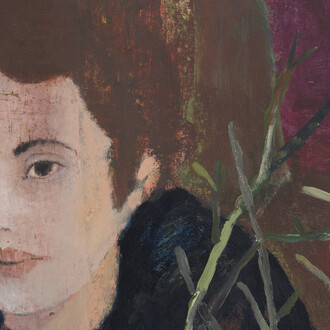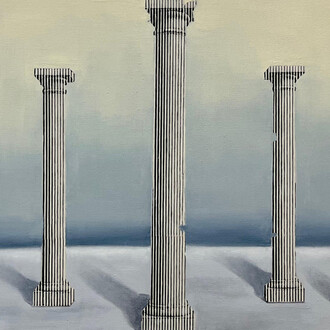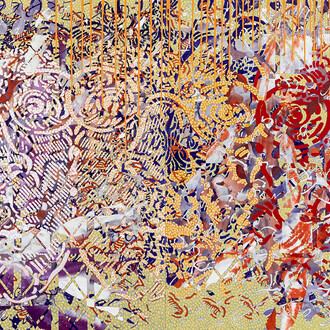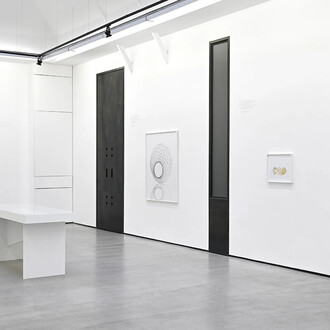We may think we know everything about Arman’s multifaceted body of work, but the exceptional pieces brought together for these two exhibitions attest to Arman’s inventiveness and relevance.
They reveal the principal trajectories of a practice driven by “rage” at a shattered world that the artist strives to reconstruct, even to put in order.
Chronology has been set aside since Arman’s works are ongoing projects to which he constantly returns. What persists is the violence of a journey in which the premonition of catastrophe combines with the melancholy of the past and the urgency to act.
“(...)A form of detachment mixed with irony runs through Arman’s practice, spanning series that oscillate between informal lyricism and minimal seriality, and revealing the beauty of the multiform summoned in abundance. If the social utility of objects falls short, Arman appears to assert that their intrinsic value remains untouched. He may disregard their function, but never their beauty.
(...) Arman’s real is an immense display window, the first example of which is undoubtedly that of Iris Clert, which enabled him to create Le Plein, a shop of all kinds of accessories, where the gleaming presence of shiny objects stands alongside the weariness of discarded things, where a jumble unearthed from flea markets or garbage bins gives way to desirable objects that the artist cuts apart and deconstructs to grant them a second life. By annihilating their original function, Arman offers them the eternity of art: a method of upcycling, clearly a paradoxical ecology.
(...) Should we not, now, underscore how Arman compels us toward a diagnosis reflecting the history of capitalism, how he claims the right to act in order to subvert the trap of obsolescence and use it to his own ends? A ‘planned obsolescence’ through aesthetic recycling, a jab at what Henri Lefebvre was simultaneously describing as ‘a consumer product’ driven by added value. After the readymade and well before Jeff Koons, it is indeed the question of value construction through the power of aesthetics that locates at the core of Arman’s practice.“
(Excerpts from the text by Bernard Blistène published in the exhibition catalogue)
















